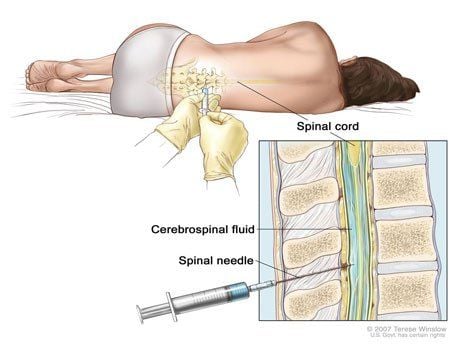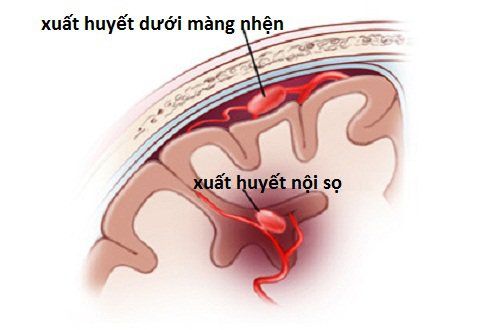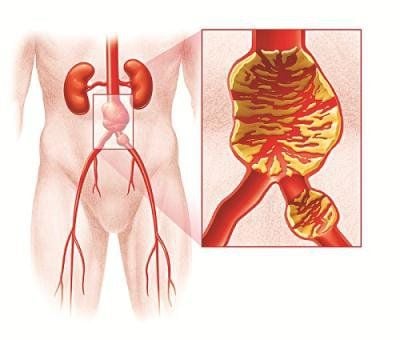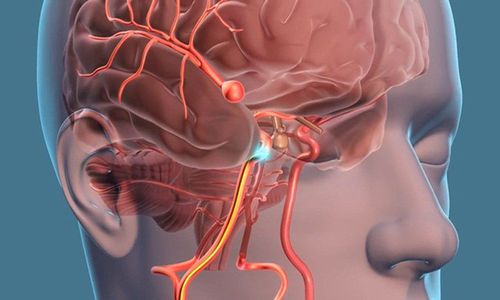This is an automatically translated article.
A subarachnoid hemorrhage is a condition in which blood leaks into the space between the brain and the surrounding membrane (meninges). If not treated promptly, this condition can cause serious brain damage and even death.
1. What is a subarachnoid hemorrhage?
Subarachnoid hemorrhage (SAH) describes bleeding into the subarachnoid space – the area between the brain and the membranes covering the brain.
This subarachnoid space is where cerebrospinal fluid circulates and is also responsible for protecting the brain from injury as it acts like a cushion. When blood flows into this space, it has the potential to impede the circulation of cerebrospinal fluid, leading to coma, paralysis, and even death.
Subarachnoid hemorrhage occurs suddenly and rapidly, often as a result of head trauma.
2. Symptoms of subarachnoid hemorrhage
If this occurs, the most typical symptom that may be noticed is a sudden, severe and especially severe headache at the base of the skull. In addition, some other symptoms include:
Neck pain, numbness all over the body, shoulder pain. Sensitive to light. Impaired vision, blurred or double vision.

Xuất huyết dưới nhện khiến bệnh nhân bị suy giảm thị lực nghiêm trọng
Unusual mood swings. Nausea and vomiting. There are signs of consciousness...
3. What causes subarachnoid hemorrhage?
SAH can occur spontaneously or as a result of head trauma. Most often, spontaneous subarachnoid hemorrhage is associated with cerebral aneurysms – abnormalities in the blood vessels of the brain, most especially an aortic aneurysm.
Aneurysm bleeding is more common between the ages of 40 and 65, and is more common in women, smokers, and people with high blood pressure. In addition, subjects using stimulants are also more likely to experience this condition.
In addition, some other causes of subarachnoid hemorrhage may include:
Bleeding due to arterial malformations. Bleeding disorders. Blood thinners are used. Serious head injury such as an accident....
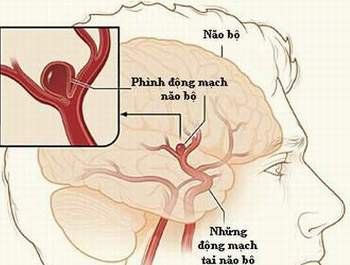
Phình động mạch máu não là nguyên nhân chính gây ra xuất huyết dưới nhện
4. Is subarachnoid hemorrhage curable?
Treatment of subarachnoid hemorrhage requires the highest speed to ensure the patient's life and minimize brain damage to a minimum. When there is pressure from the blood and blood builds up in the brain, damage is bound to happen. Therefore, initial treatment often focuses on stabilizing the patient's condition.
If the subarachnoid hemorrhage is the result of a brain aneurysm, your doctor may recommend several other options for treatment:
Surgery: the doctor will make an incision in the scalp and place forceps. metal at the site of the aneurysm, thereby blocking the flow of blood. Intravascular embolism. Other endovascular treatment: some aneurysms may be treated by endovascular embolization with newer technology. When SAH causes a coma, treatment may include other support such as artificial ventilation, placement of a drain in the brain... to reduce blood pressure.
If the patient goes into a state of unconsciousness due to subarachnoid hemorrhage, doctors will have methods to prevent coma after treatment. At this time, the patient will also be asked to relax, refrain from straining the body or lowering the head, as these activities increase blood pressure on the brain.
Finally, after treatment, doctors can prescribe some medications for patients, including:
Blood pressure medication. Nimodipine prevents vasospasm. Relieve headaches with pain relievers.

Bệnh nhân sử dụng thuốc theo đơn của bác sĩ sau điều trị
5. Complications after treatment and ways to prevent subarachnoid hemorrhage
5.1 Complications after treatment of subarachnoid hemorrhage It is entirely possible to have a recurrence of subarachnoid hemorrhage after treatment or acquire related complications. In which, common complications include:
Repeated bleeding: potentially leading to coma and increased risk of death. Having convulsions, stroke after treatment. 5.2 How to prevent subarachnoid hemorrhage? The only way to prevent this condition is to have regular check-ups to identify the underlying problem in the brain. When early detection and timely treatment of the cause, the possibility of recurrence or complications of subarachnoid hemorrhage will be minimized.
6. Where to treat subarachnoid hemorrhage?
Currently, Vinmec International General Hospital is home to leading neurologists with extensive experience and expertise.
In particular, the Department of Neurosurgery at the hospital (also known as the Department of Neurosurgery) is the place to always update the latest treatment of subarachnoid hemorrhage with the support of leading advanced technology equipment. Besides, the department has also successfully treated many other neurological diseases such as: brain tumor, traumatic brain injury, herniated disc, neuralgia, cerebrovascular malformation, brain aneurysm..
Customers can directly go to Vinmec Health system nationwide to visit or contact the hotline here for support.
Articles refer to sources: healthline.com , mayoclinic.org




